Photo Section
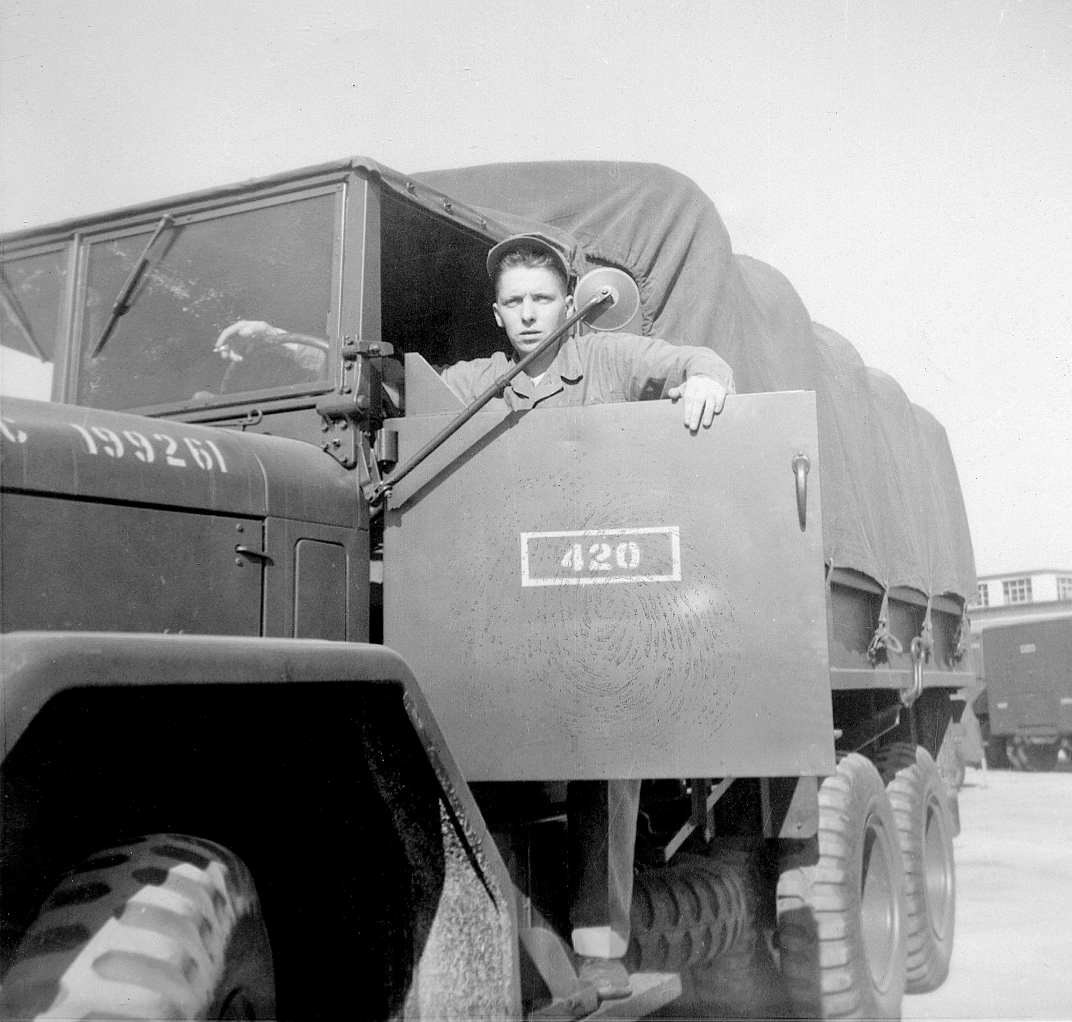
Here I am in my days as a US Marine, stationed in Japan. I can neither confirm nor deny that the truck is full of beer.
Photograph by the author
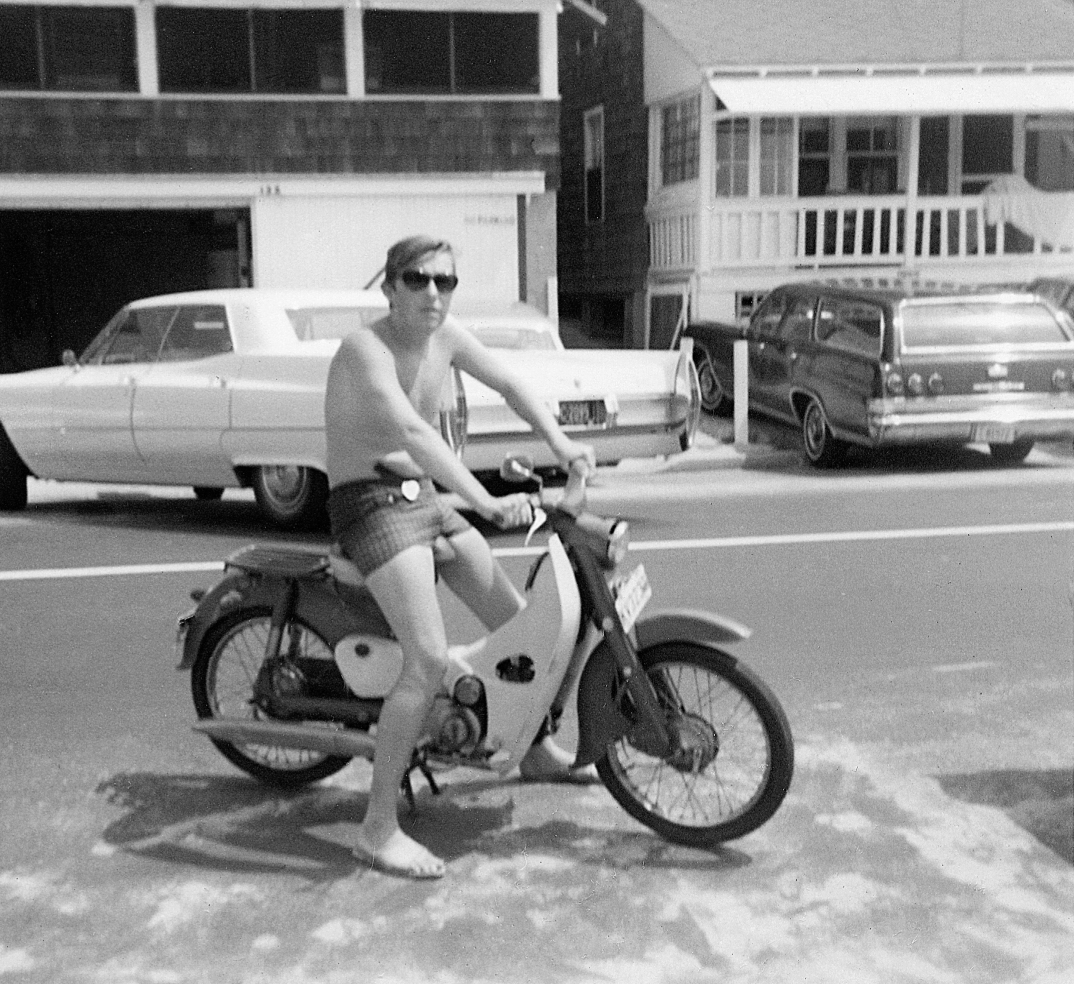
Two months before I left for Vietnam I was feeling rather carefree: no shoes, no shirt, no helmet.
Photograph by the author
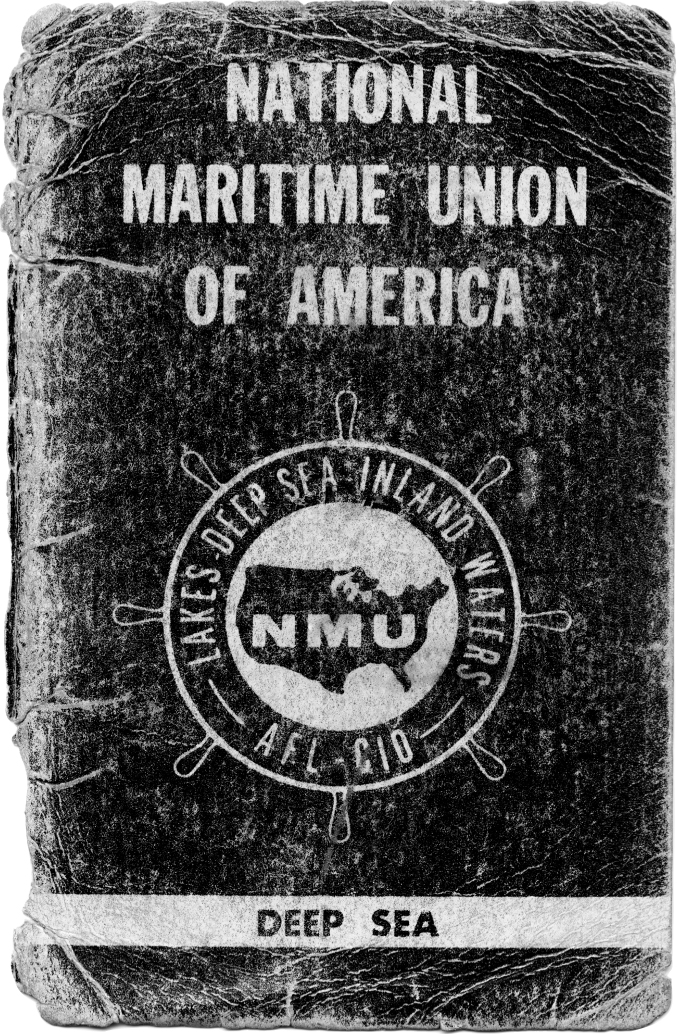
My union book: it held all the credentials I needed for seafaring.
Photograph by the author
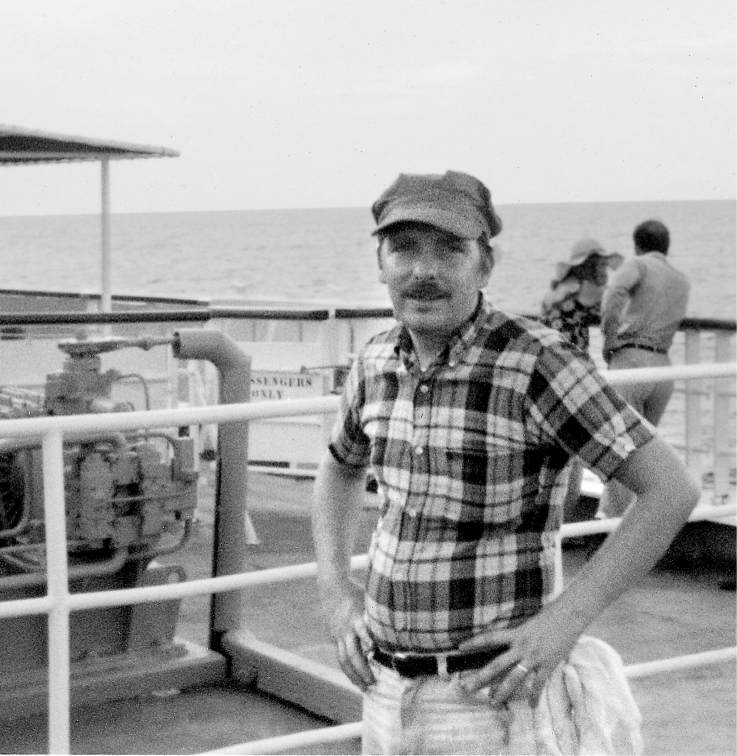
Photograph by the author
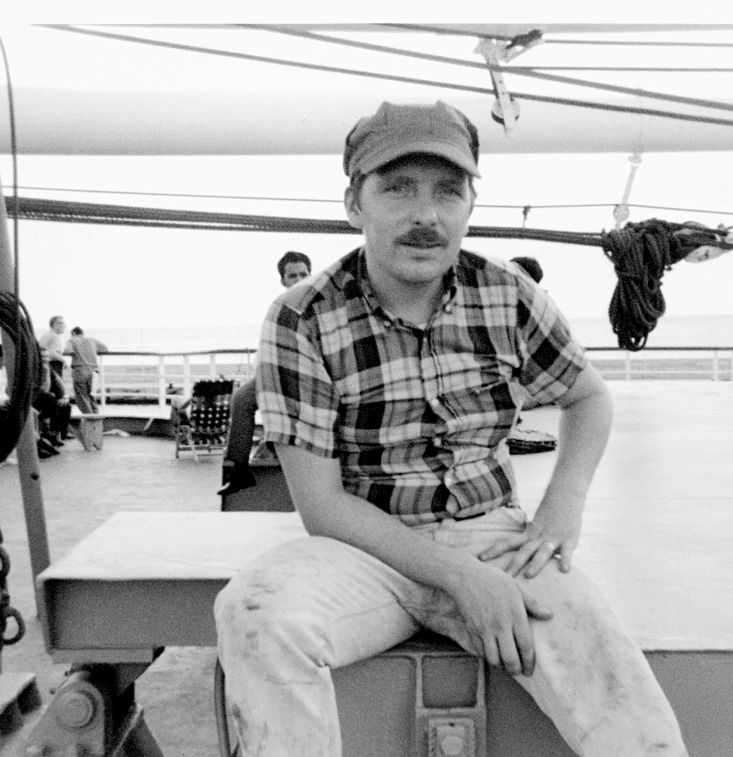
My trip to Vietnam began on the cargo ship the SS Drake Victory, a refurbished victory ship from World War II. The voyage from Leonardo, New Jersey, to Qui Nhon, Vietnam, took me down the Atlantic, through the Panama Canal, and across the Pacific in fifty-six days. The faded jeans and madras shirt you see here are the only clothes I brought when I went to Vietnam, where I expected to be for only three days. By the end of the trip I was, shall we say, rather ripe.
Photograph by the author
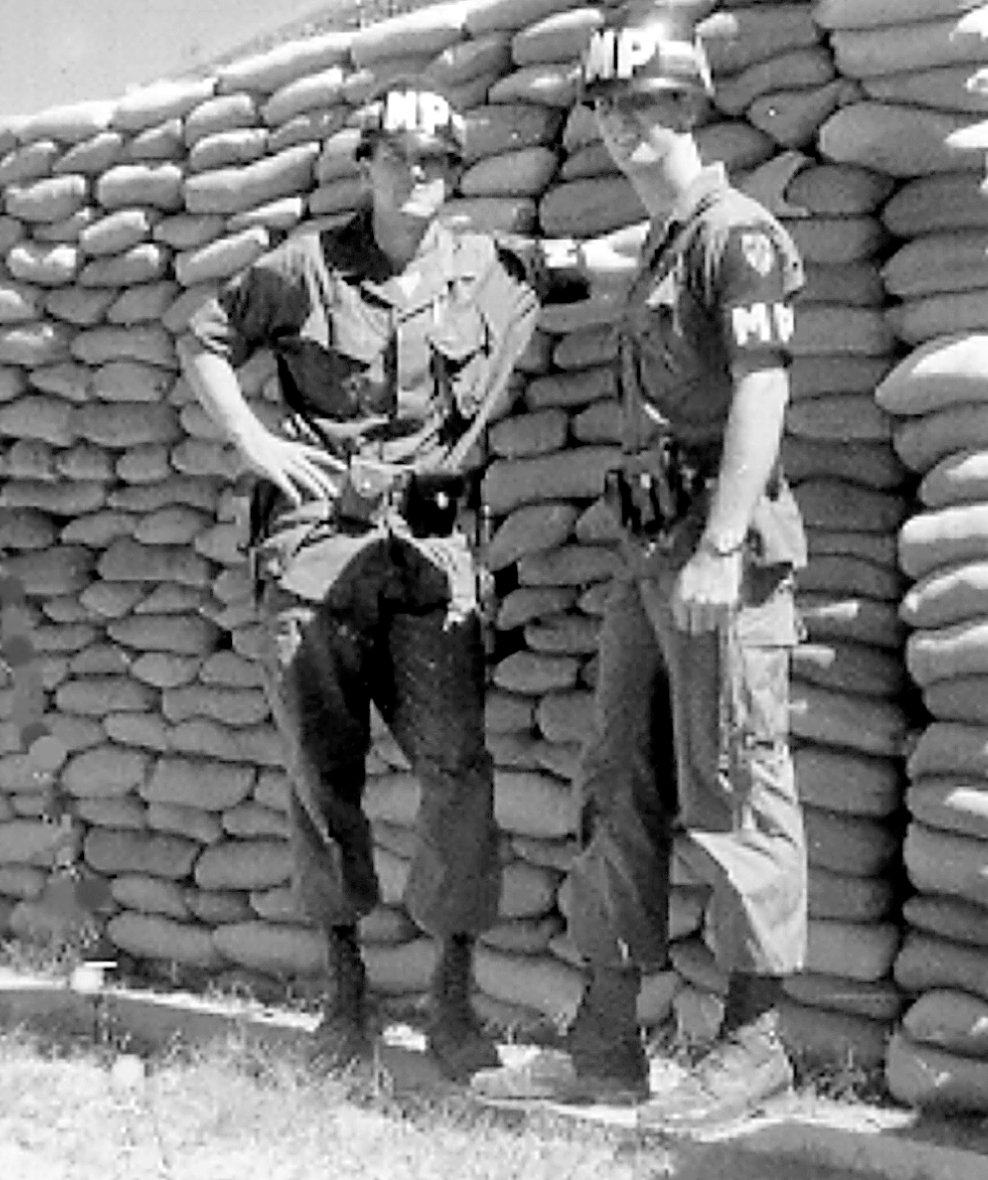
Tommy Collins, M.P. (right), was the first buddy I found, in the port city of Qui Nhon. Tommy’s standing with fellow M.P. Gil Larpenter. I’ll never forget the look on Tommy’s face when he saw me. “Chickie, what the hell are you doing here?” He would see some intense fighting during the Tet Offensive.
Courtesy of Tommy Collins
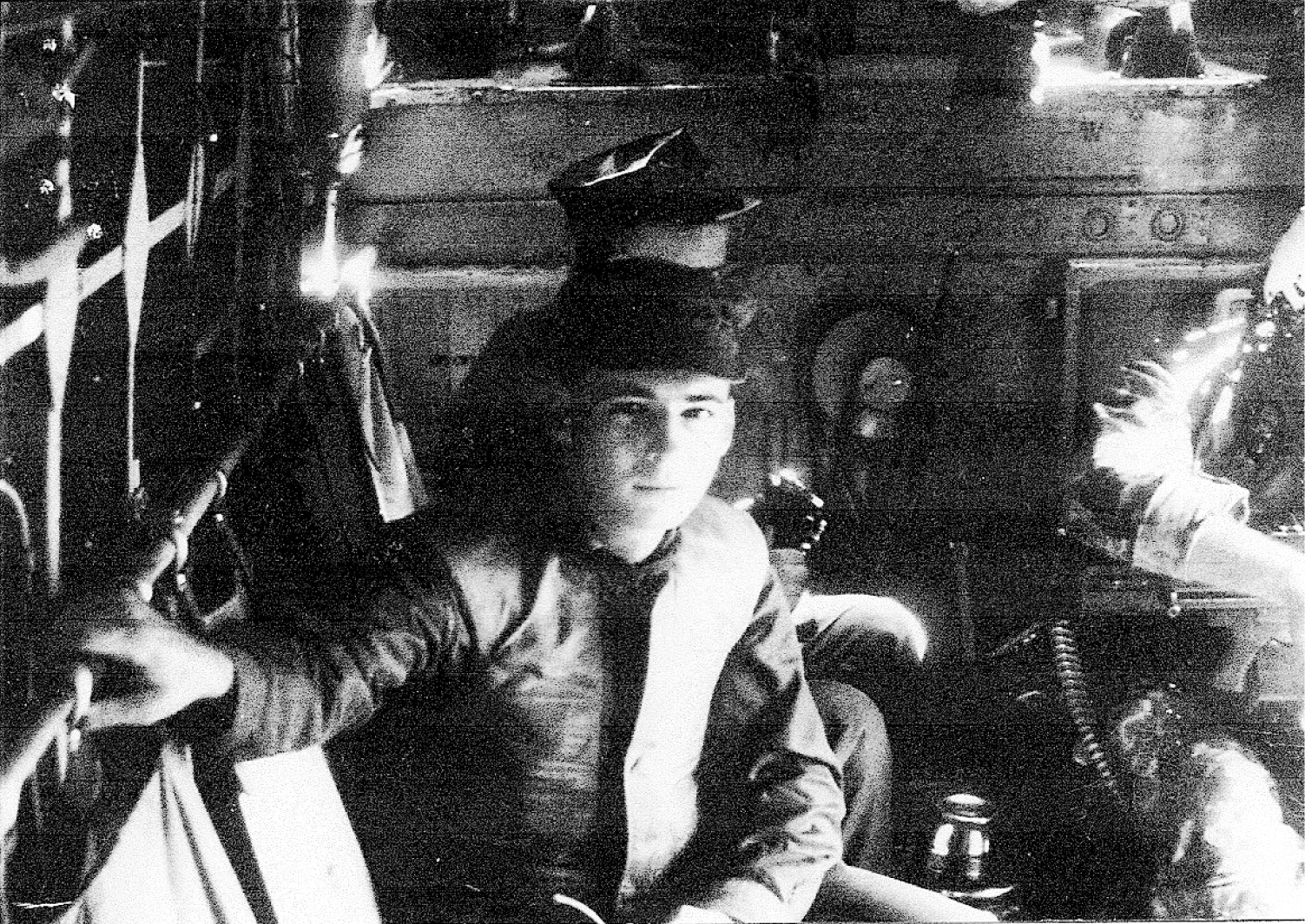
Kevin McLoone served as one of the first US Marines in Vietnam from 1963 to 1967. Then he went back. He returned as a civilian to scramble the radio signals of choppers so North Vietnamese regulars and Vietcong guerrillas couldn’t detect pilot movements.
Courtesy of Kevin McLoone
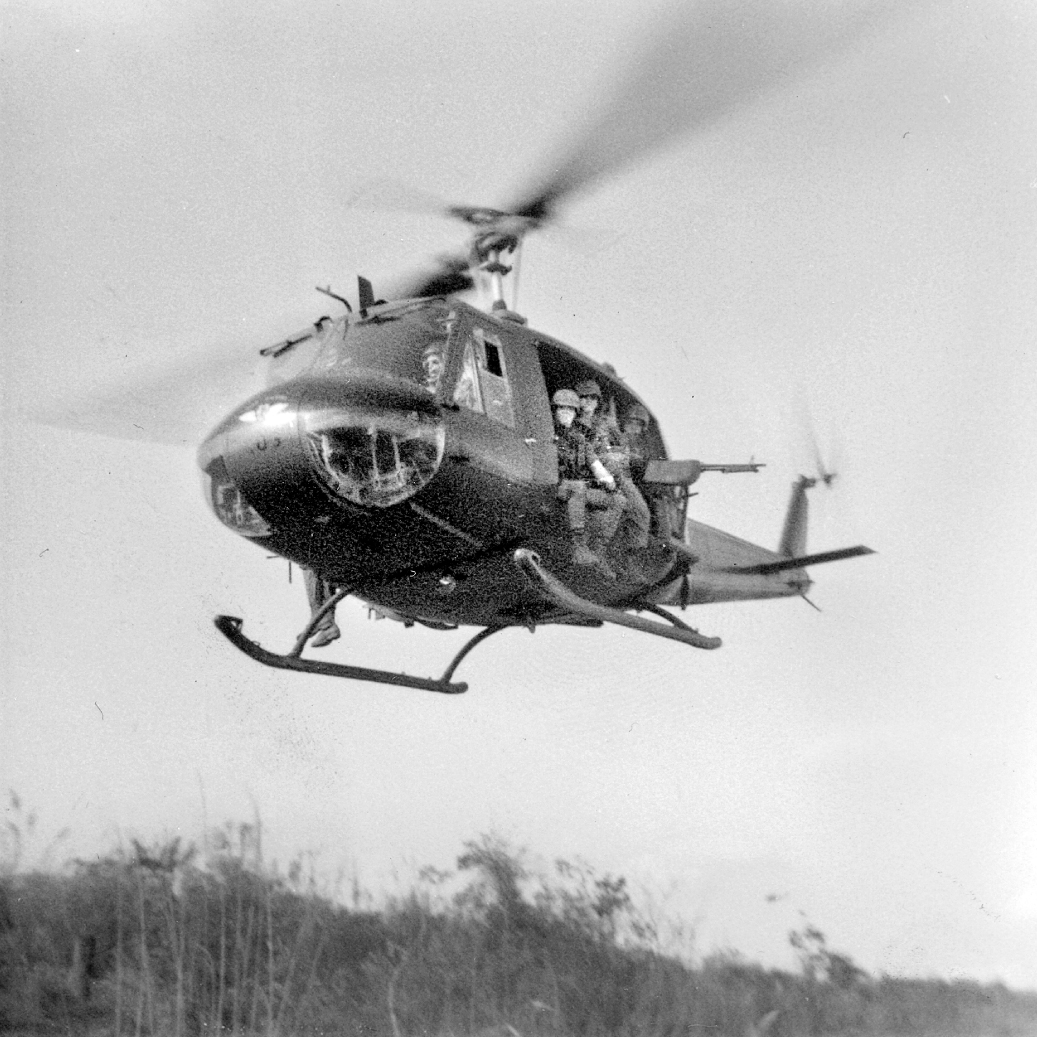
Vietnam was the first “helicopter war,” with choppers supplanting the need for GIs to parachute into combat zones. Here, soldiers ride open-air in a Bell UH-1C Iroquois (“Huey”) gunship mounted with an M60 machine gun.
Courtesy of Rick Duggan
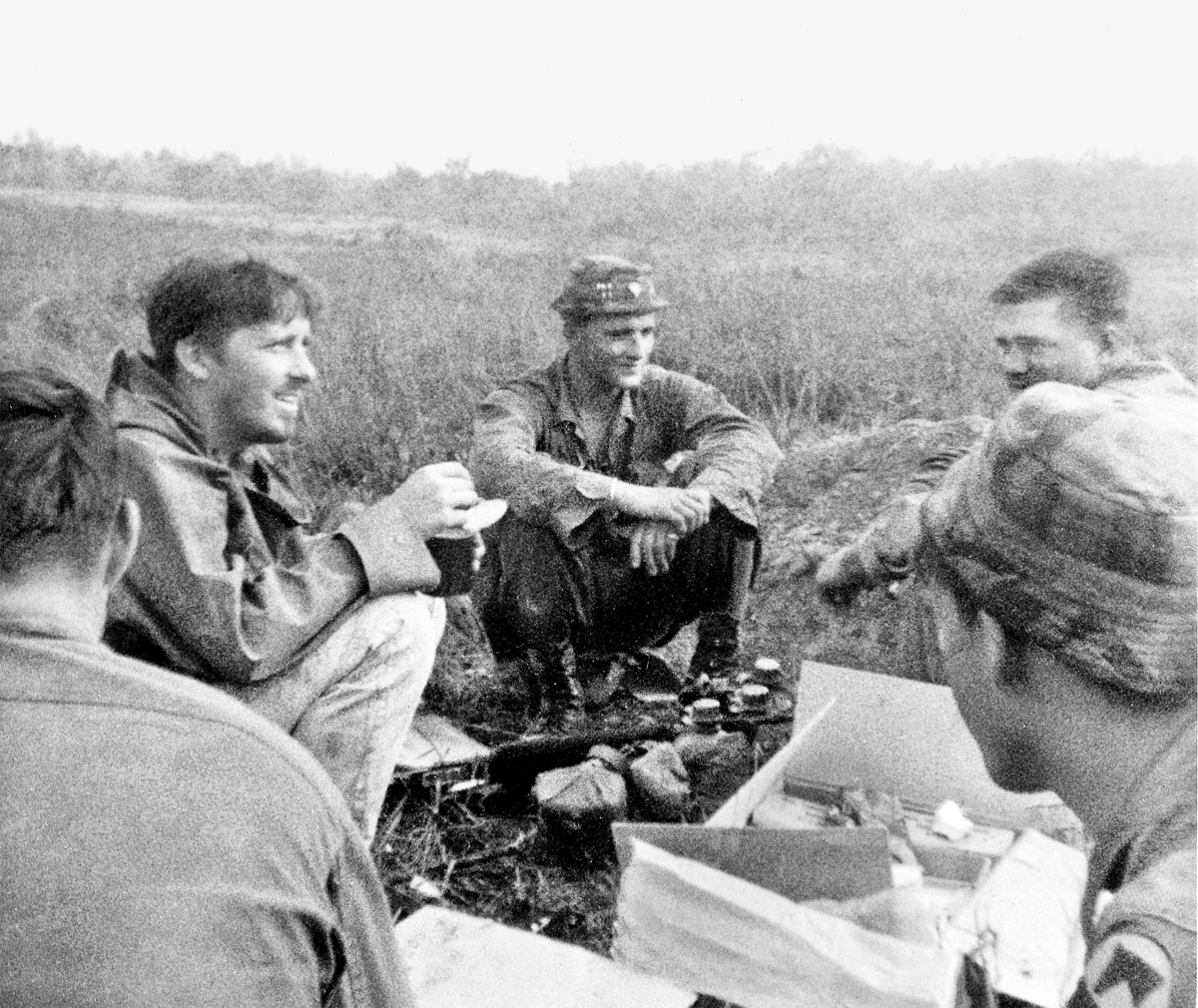
I dug into some delectable C-rations in Quang Tri Province near the DMZ border with North Vietnam after finding Sgt. Rick Duggan. During a firefight I was able to save the beer, which we enjoyed later, even if it was warm.
Courtesy of Rick Duggan
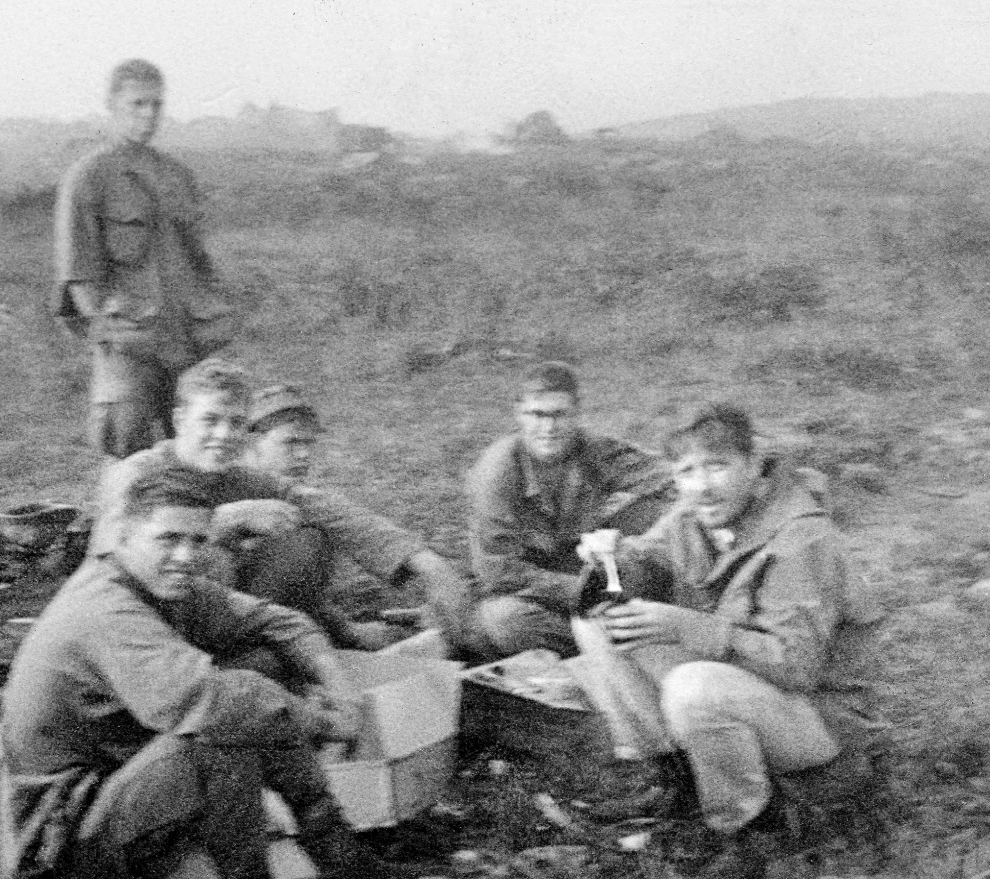
Here I am (far right) still digging into C-rations with Rick Duggan (third from left) along with members of his platoon in the First Air Cavalry’s Bravo Company.
Courtesy of Rick Duggan
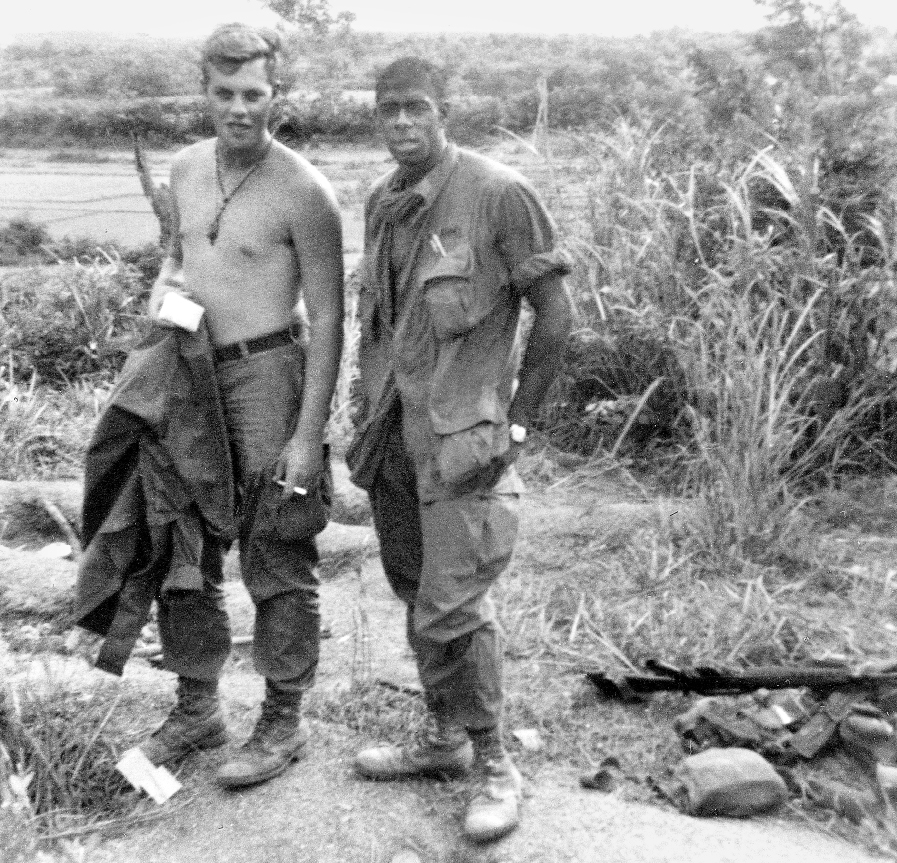
Here is Rick with his buddy “T-Bo” Tobias. As I sipped the beer with Rick and his fellow soldiers one of them said to me, “Wait a minute. You’re telling me you don’t have to be here, and you’re here?!”
Courtesy of Rick Duggan
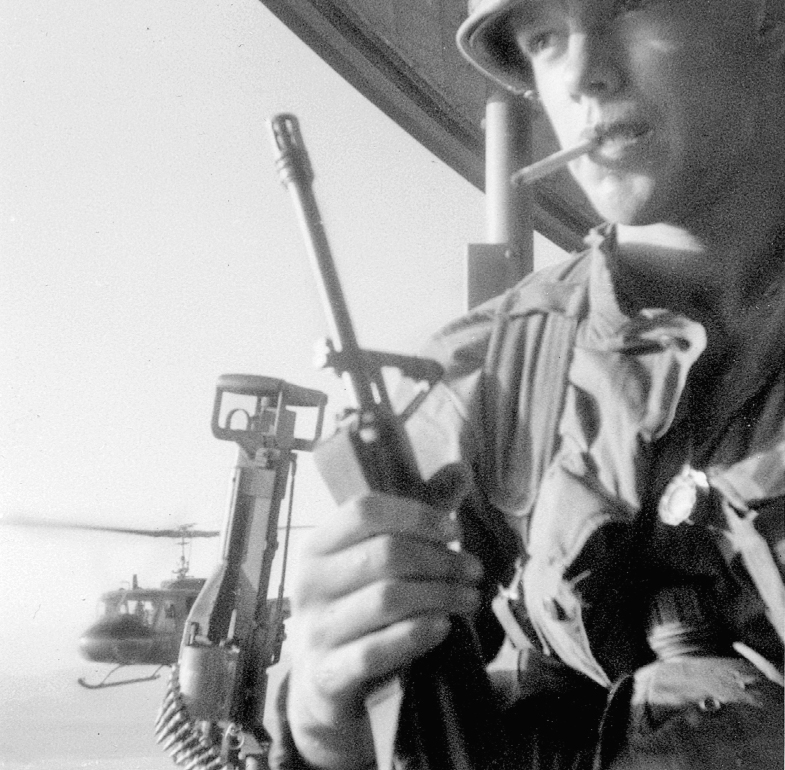
A gun, a cigarette, a chopper and Rick was ready for battle.
Courtesy of Rick Duggan
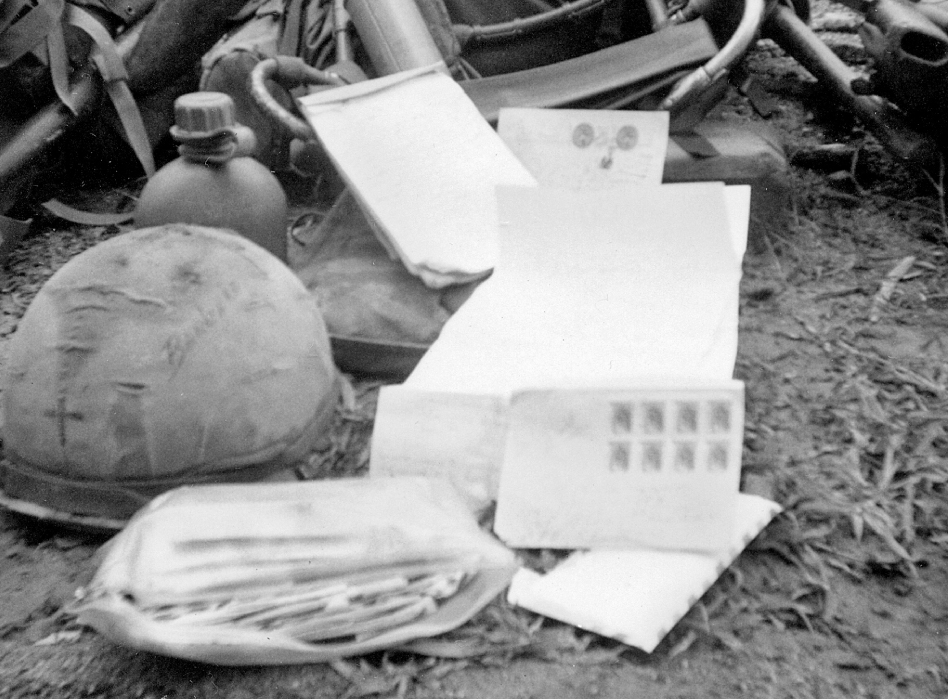
Rick kept and carried all his letters from home, as well as certain editions of the military newspaper Stars and Stripes, in the eighty-five-pound pack he carried for the duration of the war.
Courtesy of Rick Duggan
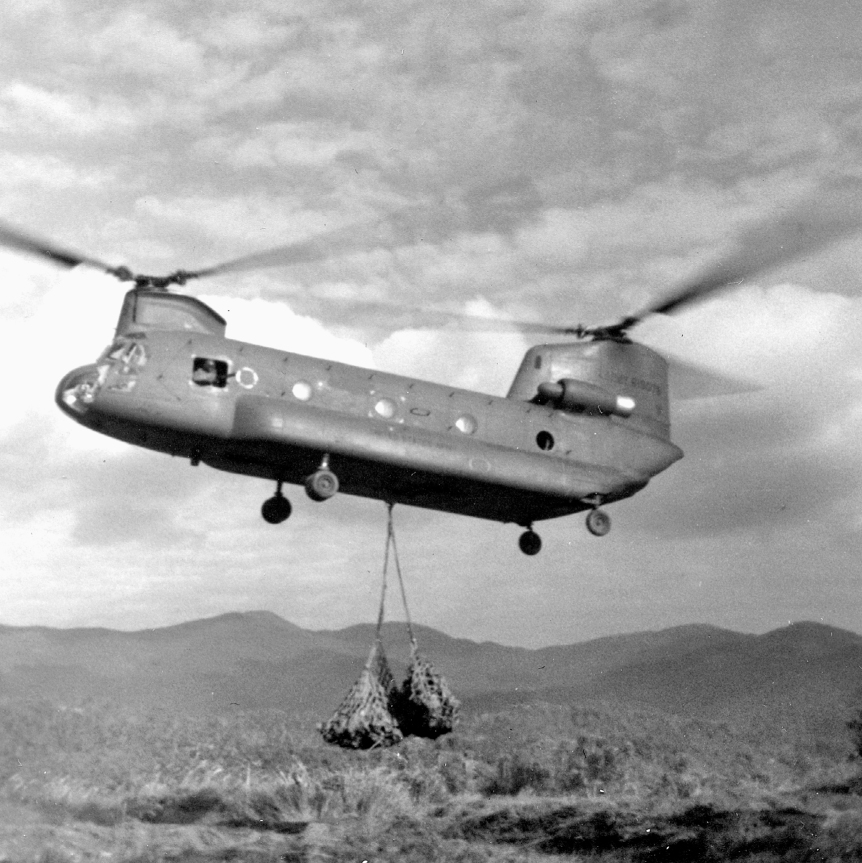
When I left Rick, I was the solo passenger on the huge Chinook, which could go 196 mph with an 8,000-pound load. It was like flying in an airborne warehouse.
Courtesy of Rick Duggan
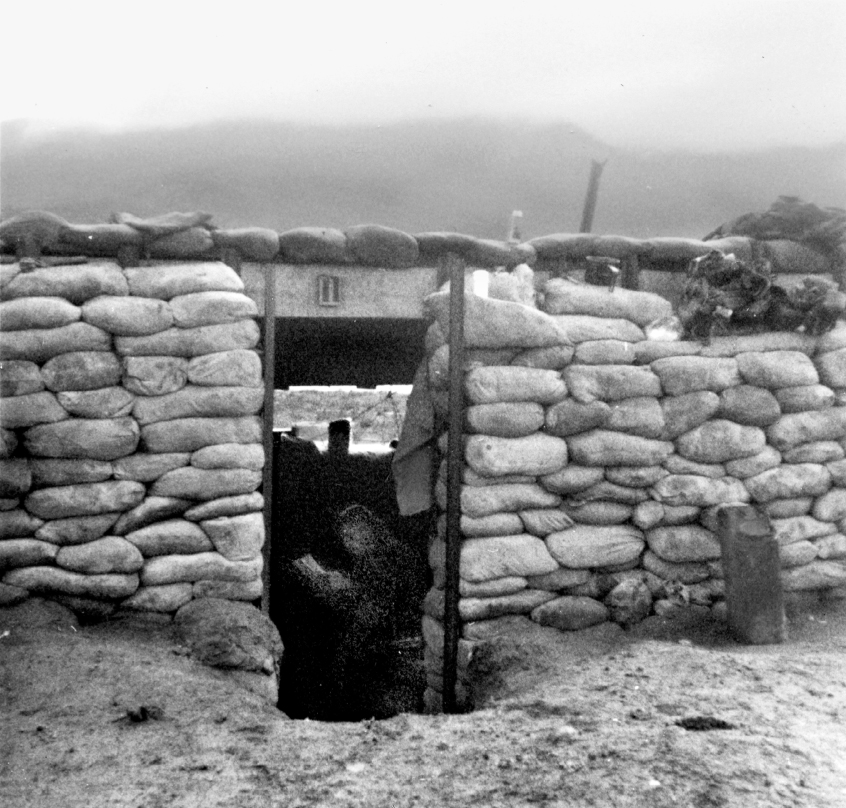
A soldier gets a private moment to read a letter from home. Such missives staved off loneliness and transported the young men to a more peaceful place, if for a little bit. My buddies were also treated to the Inwood Newsletter, produced by young women in the neighborhood and sent once a month, sharing news of the world back home they missed so much.
Courtesy of Rick Duggan
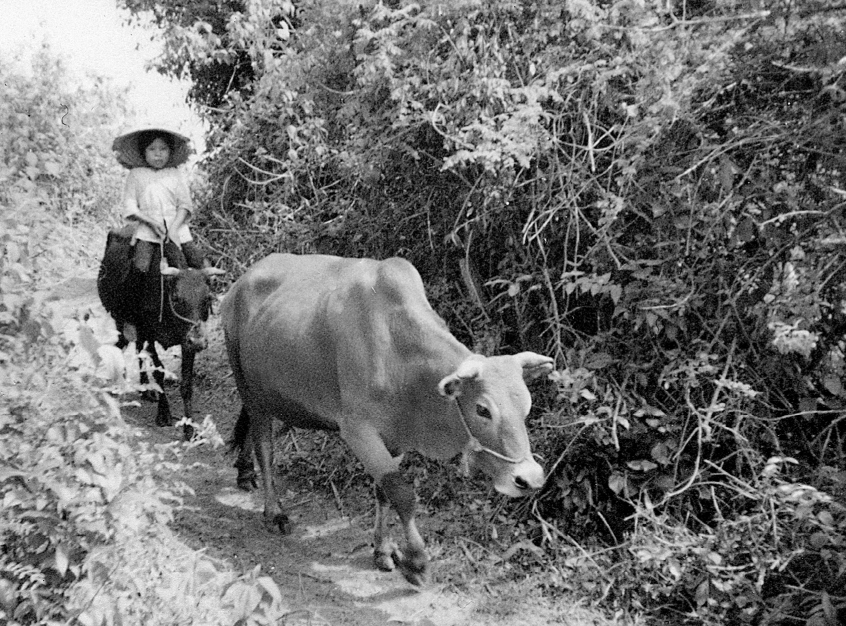
In the middle of a war zone you could find the most peaceful and beautiful moments.
Courtesy of Rick Duggan
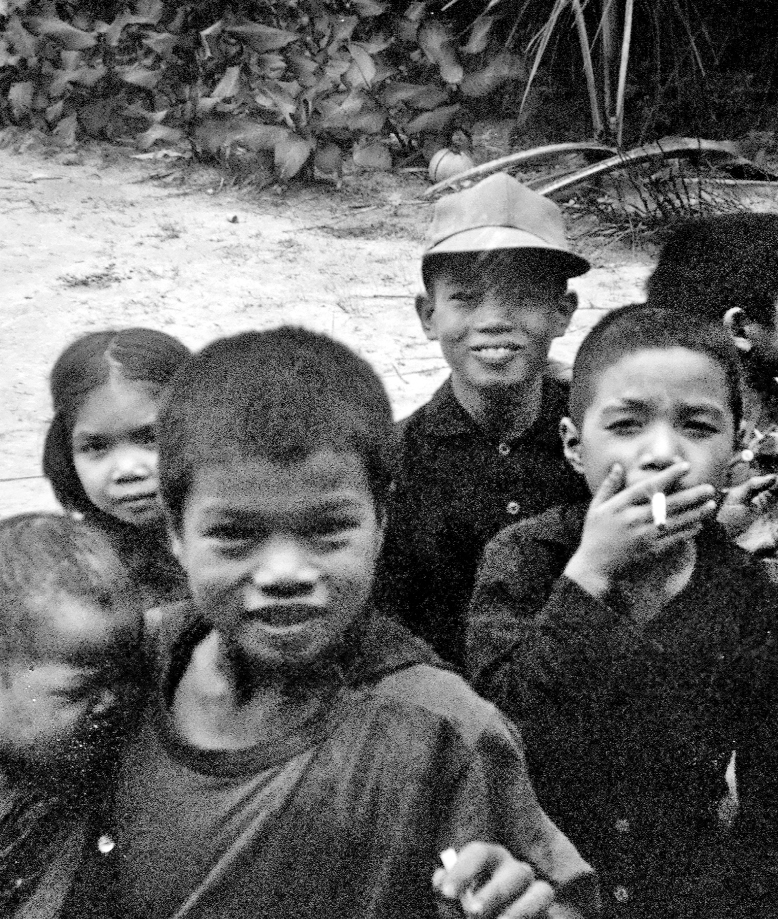
Vietnamese children, like all children, grow up fast in times of war.
Courtesy of Rick Duggan
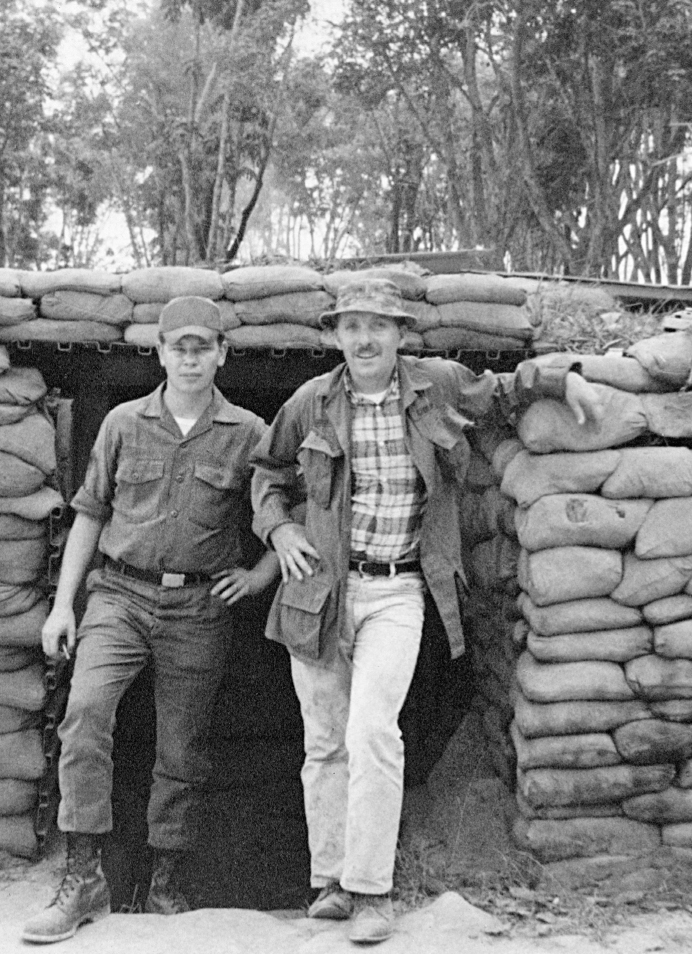
I found my buddy Sgt. Bobby Pappas at the communications bunker at the Long Binh Ammunition Depot, the biggest in the world, and a target for Vietcong sappers. Pappas brought me to the PX and bought me a fatigue jacket to cover the by-now iconic, not to mention well-worn, madras shirt. The stencil on my right read CHICK DONOHUE and the stencil on my left, instead of US ARMY, read CIVILIAN.
Courtesy of Bobby Pappas
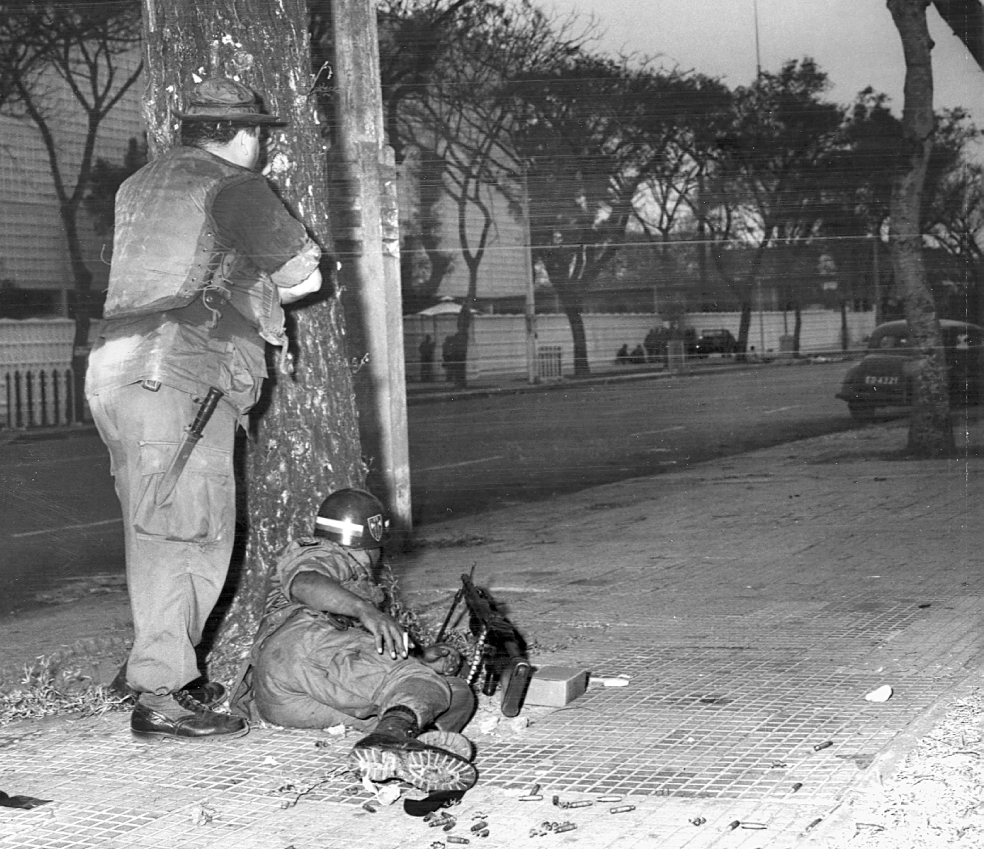
I didn’t take this picture, but it captures a moment I was terribly familiar with: two soldiers hide behind a tree in front of the US embassy on Thong Nhut Boulevard as the embassy was taken over by Vietcong guerrillas on the first night of the Tet Offensive. I did the exact same thing and count myself lucky to have survived that harrowing evening.
US Army Military History Institute (USAMHI)
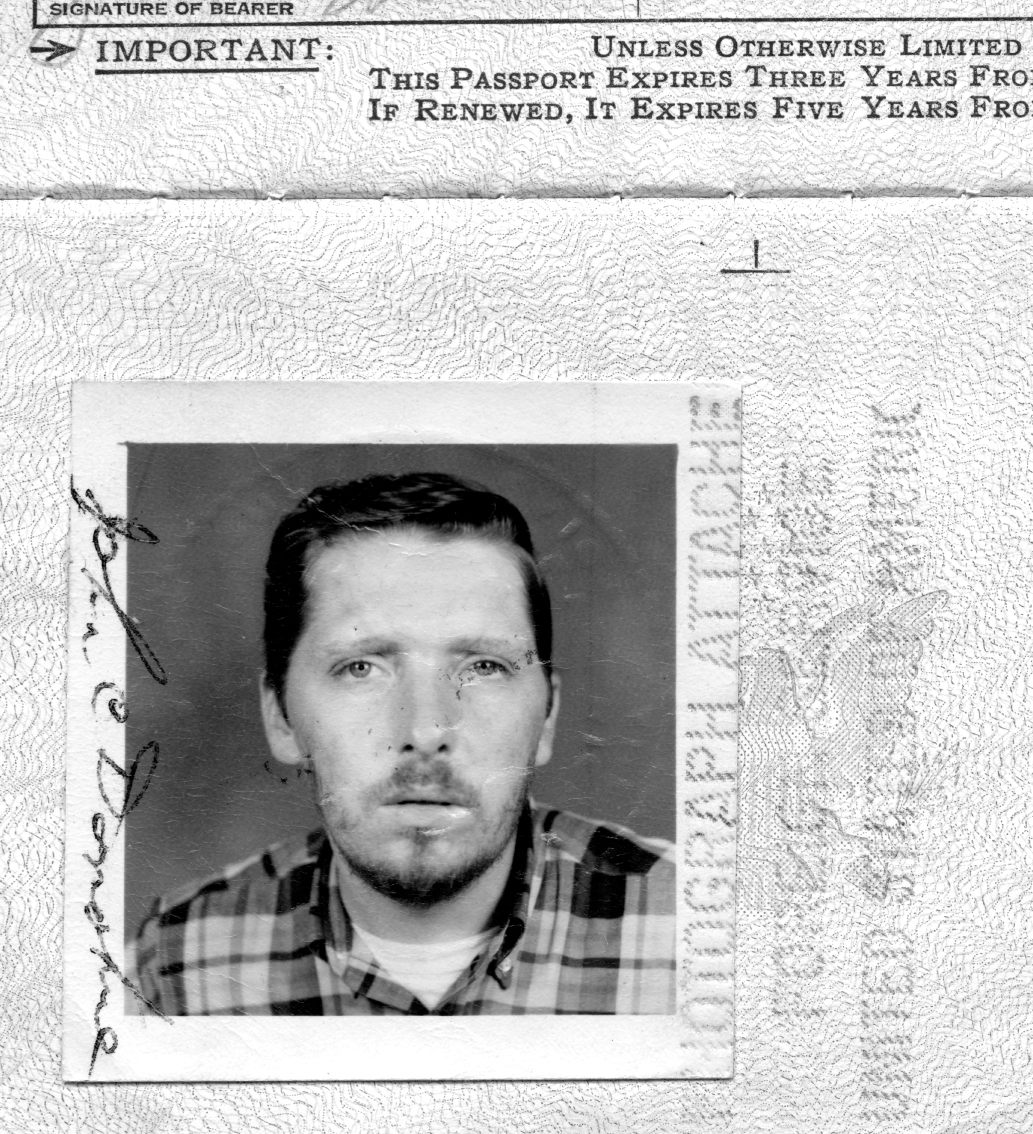
My long-awaited passport, issued by the US embassy in Saigon after a bureaucratic nightmare worthy of Catch-22. I look a little worse for wear, I’d say.
Photograph by the author
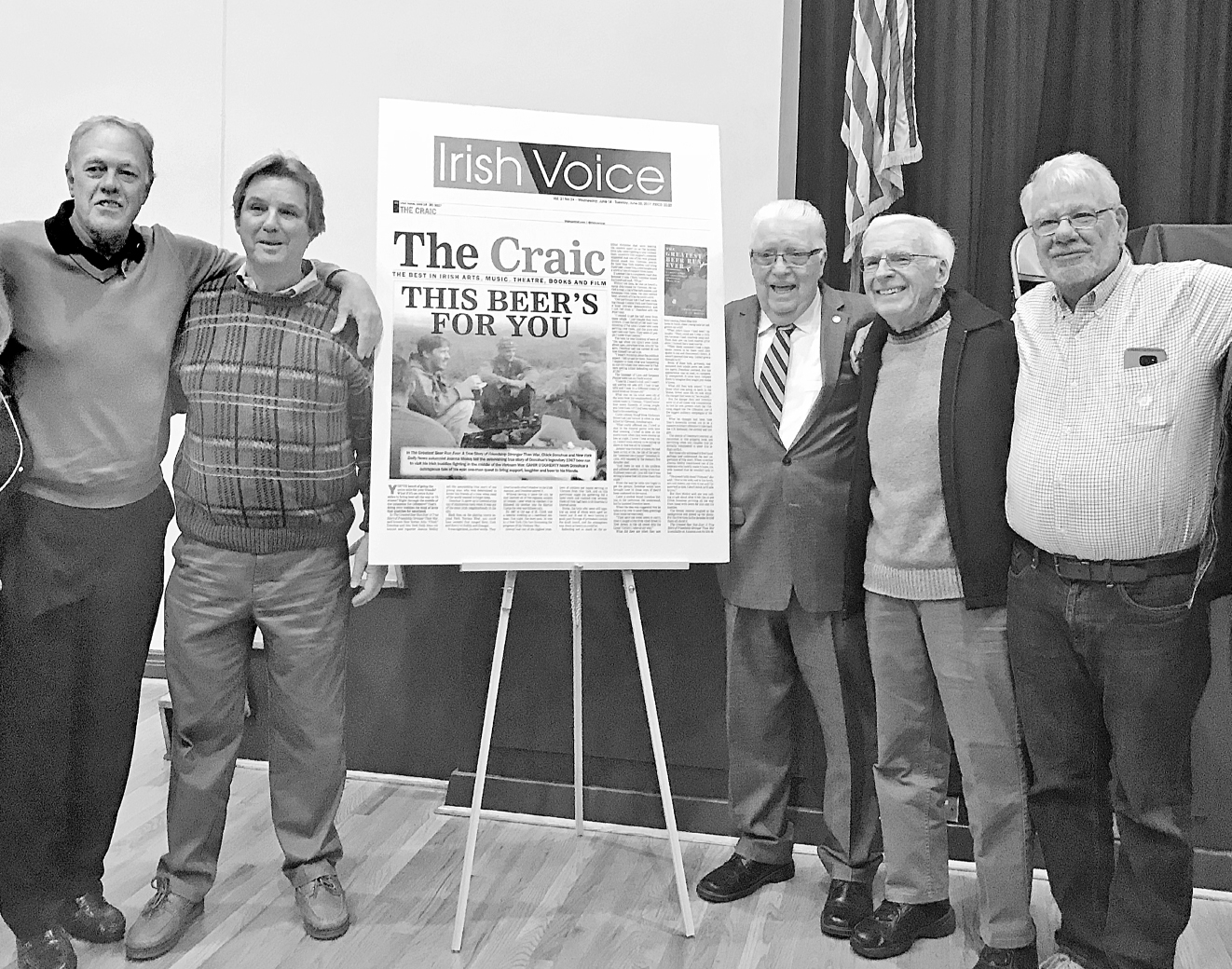
The gang back together fifty years later at our old school in Inwood. From left to right: Rick Duggan, Tommy Collins, me, Kevin McLoone, and Bobby Pappas.
Courtesy of Celia Oliver